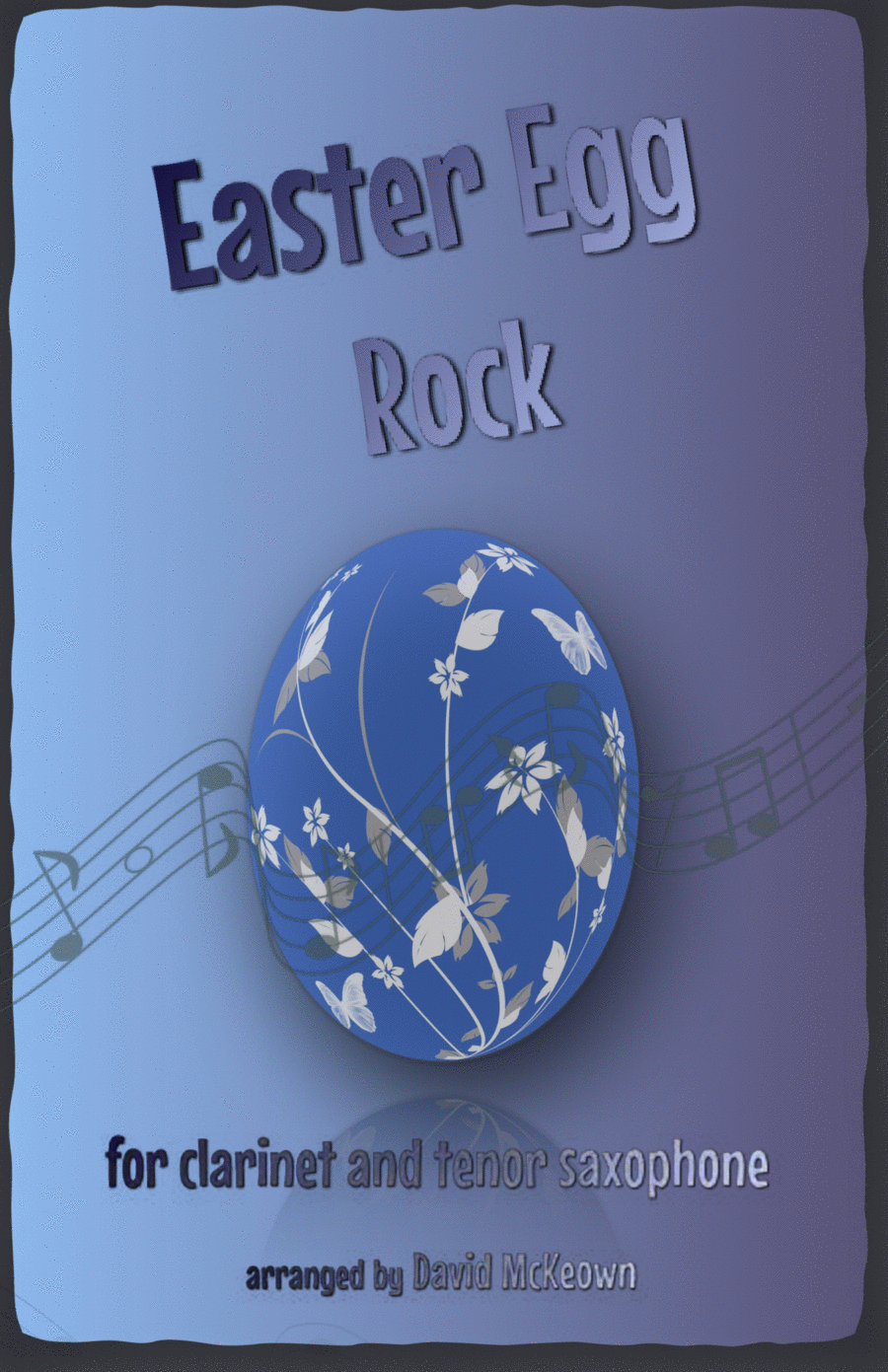Instrumental Duet Clarinet,Instrumental Duet,Tenor Saxophone - Level 3 - Digital Download SKU: A0.591413 Composed by David McKeown. Blues,Easter,Hip-Hop,Pop,R & B,Rock. Score and parts. 3 pages. David McKeown #6293875. Published by David McKeown (A0.591413). The Easter Egg Rock is a fun and original duet written by David McKeown for one Clarinet and one Tenor Saxophone. The Easter Egg Rock is one in a series of ten Easter-themed duets each written in a different American dance style. Modern Rock music has its origins in Rock’n’Roll, with the first use of the word in 1951 by an Ohio DJ. The first big hit was Bill Haley’s Rock Around the Clockin 1955, but other artists such as Chuck Berry, Elvis Presley, Jerry Lee Lewis, Bo Diddley, Gene Vincent and Little Richard all have strong claims to being the first Rock’n’Roll artist.The Easter Egg Rock is suitable for players at an intermediate level and above, with the accessible key and range balanced by the fast tempo and syncopated rhythms and accidentals. With a playing-time of around one and a half minutes, The Easter Egg Rock is a perfect upbeat addition to any performance program, formal or informal. Click the link above to listen to a full performance of the clarinet version of this duet on YouTube. There are many more top quality arrangements and compositions by David McKeown for you to browse at http://www.sheetmusicplus.com/publishers/david-mckeown/6203
